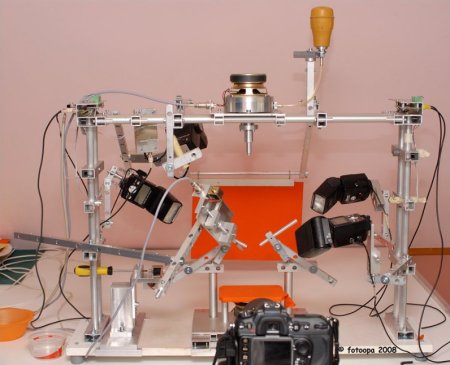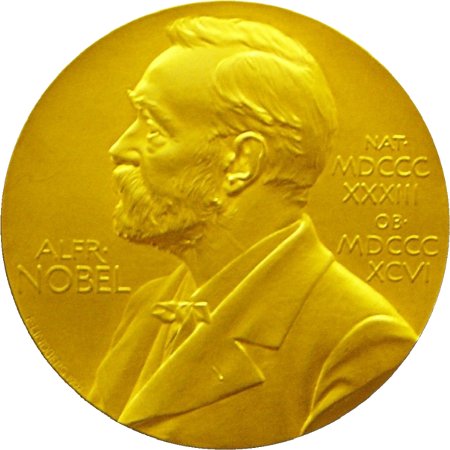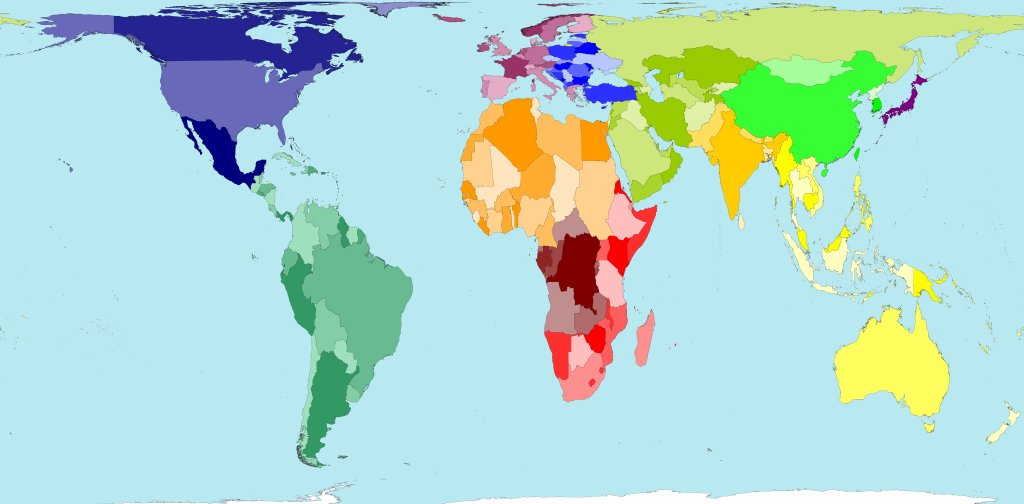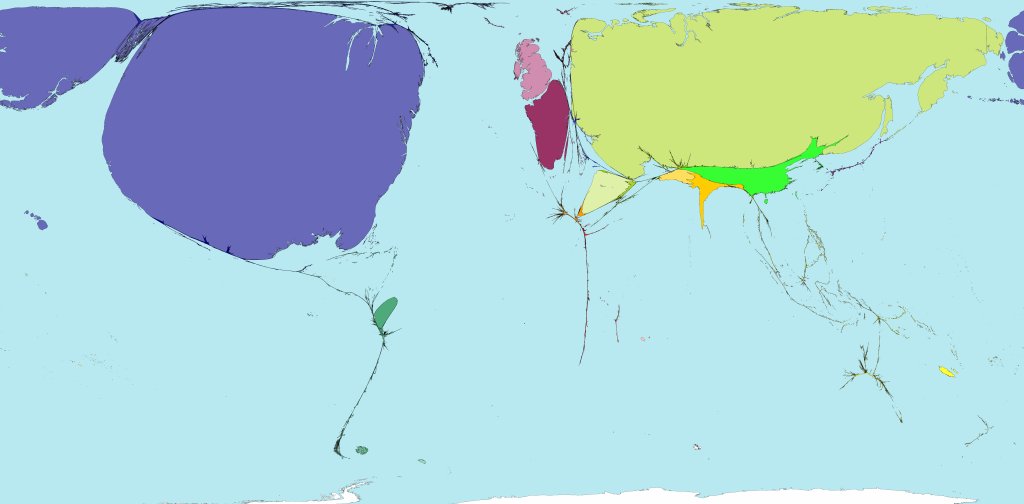Kilauea, the world’s most active volcano, erupted yesterday.
Monthly Archives: October 2008
Barringer crater
Barringer crater was formed about 50 000 years ago when a nickel-iron meteorite about 50 metres wide, with a mass of 150 million kilograms slammed into the ground in the Arizona desert at about 13 kilometres per second (about 29 000 miles per hour).

The energy released in the explosion is estimated to be equivalent to 2.5 megatonnes of TNT more than 150 times that of the atomic bomb dropped on Hiroshima. It would have killed anything living within a three or four kilometre radius.

The crater is over a kilometre wide (1200m) and 170m deep, with a 45m-high rim all the way around.
2008 Nobel Prize in Physics and Chemistry
The 2008 Nobel Prize in Physics has been awarded to
The 2008 Nobel Prize in Chemistry has been awarded to green fluorescent protein, GFP. GFP was originally isolated from the bioluminescent jellyfish Aequorea victoria and has been used as “tag” to show whether a particular gene has been “absorbed” by a host organism- if an organism glows, then the inserted genes have been successfully taken up.
High speed photography
A Belgian photographer who goes by the username footopa takes some incredible high-speed photographs.
Splashes take on a whole new life – you can see surface tension pulling drips into near-perfect spheres; a bee looks positively graceful.

Of course this all requires some pretty sophisticated equipment:

You can see lots more photographs at fotoopa’s website.
Worldmapper
Worldmapper is a website that gives you the world “as you’ve never seen it before”.
Land Area
This is the map of the world you’re familiar with; the size of the country on the map represents the size of the country in real life:
Population
This is the same map, but now the size of the country represents the country’s population:
Notice how China and India, with huge populations and (relatively) not much land have ballooned in size whereas countries like Australia with lots of land but small populations have shrunk.
Nuclear Weapons
Most countries disappear completely:
The United States and Russia, with nearly 6000 warheads each are both enormous compared to the smaller nuclear states: the United Kingdom, France, China, India, Pakistan and Israel.




